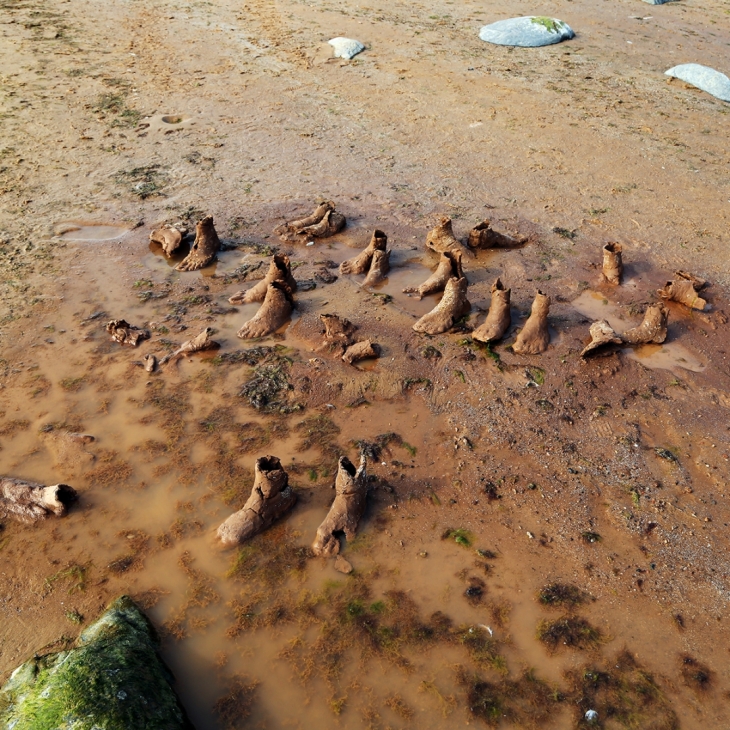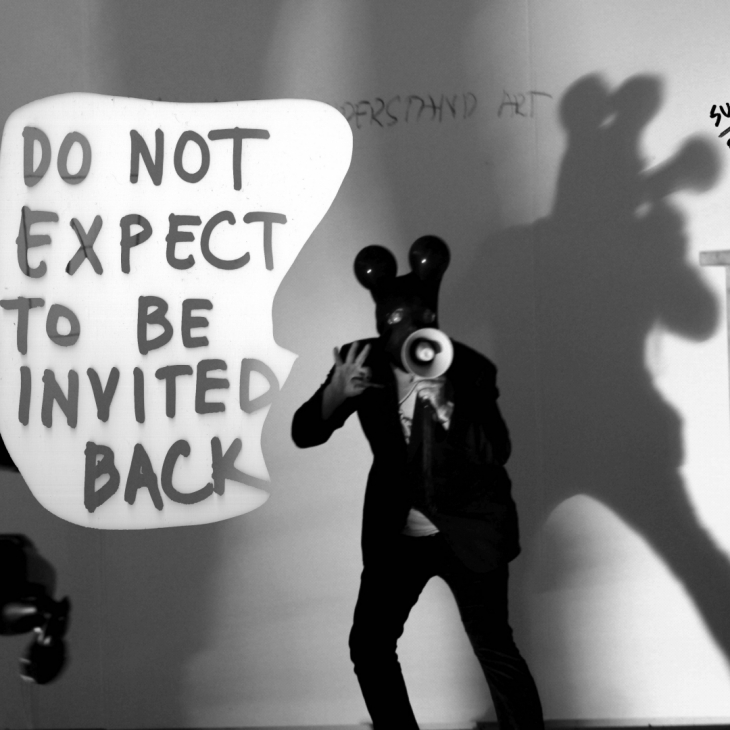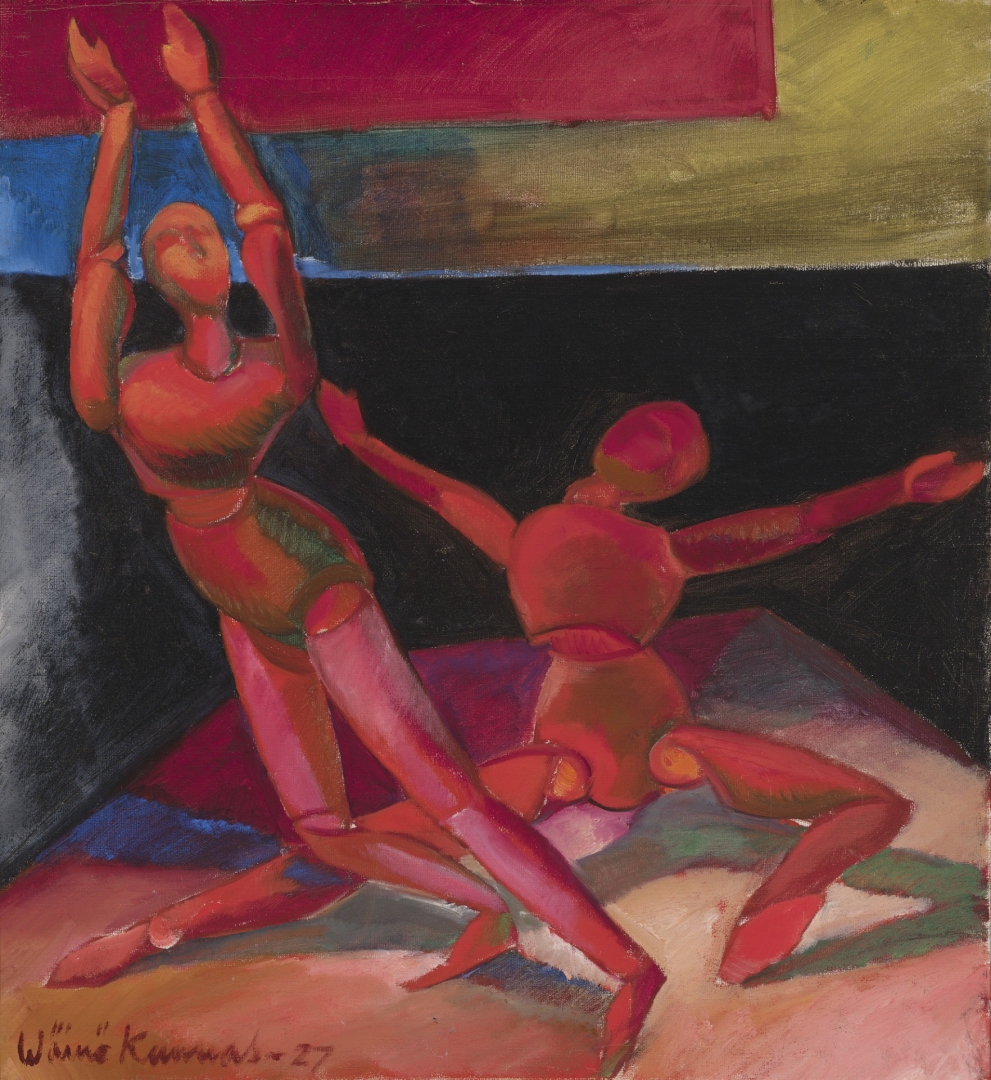(2) items in your cart

Price: €4700

This exhibition presents the works of Alvar Cawén, Väinö Kunnas, Jalmari Ruokokoski, Tyko Sallinen, Yrjö Ollila and other well-known Finnish Modernist painters of the first decades of the 20th century. They were rebels and explorers in the art scene of that time who sought to express the artist’s inner experiences and made their own creative choices instead of turning to the politically charged National Romantic style.

Väinö Kunnas. Punane tants. 1927. Õli. Eesti Kunstimuuseum.
Finnish Modernist art emerged in the early 20th century at a crossroads of two conflicting influences: the creation of romanticised national myths and symbols, and the Western avant-garde movements emphasising the individuality and autonomy of art and artists. The exhibitions of Belgian and French Post-Impressionists (1904) and Edvard Munch (1909) in Helsinki inspired a short-lived but dazzling explosion of colours in Finnish art. Representing bold and forthright Expressionism and sometimes bordering on coarseness, these artworks were seen to embody the quintessential Finnish values of persistence, self-irony and a certain harshness, but were criticised for a lack of respect for national dignity.
The artworks by Finnish artists of the early 20th century from the Art Museum of Estonia collection have been placed in a broader context of the artists’ oeuvres and Finnish Modernism. The focus is on the human being and the artists’ fascination with the human body and psyche. Along with portraits, there are works with metaphysical and spiritual undertones in which human existence and relations with the surrounding environment are seen in abstract and symbolic terms.
The exhibition is accompanied by a book with contributions from Timo Huusko, a curator at the Ateneum Art Museum, and the art historians Erkki Anttonen and Eero Epner.
Curator: Kerttu Männiste
Exhibition design: Exporabbit
Graphic design: Külli Kaats
In collaboration with: Finnish National Gallery – Ateneum Art Museum, HAM Helsinki Art Museum, Didrichsen Art Museum and private art collections
Galerii nimi: Kadriorg Art Museum
Address: A. Weizenbergi 37, Tallinn, Estonia
Opening hours: Tue 10:00 - 18:00 Wed 10:00 - 20:00 Thu-Sun 10:00 - 18:00
Open: 04.03.2023 — 20.08.2023
Address: A. Weizenbergi 37, Tallinn, Estonia
Opening hours: Tue 10:00 - 18:00 Wed 10:00 - 20:00 Thu-Sun 10:00 - 18:00
Open: 04.03.2023 — 20.08.2023